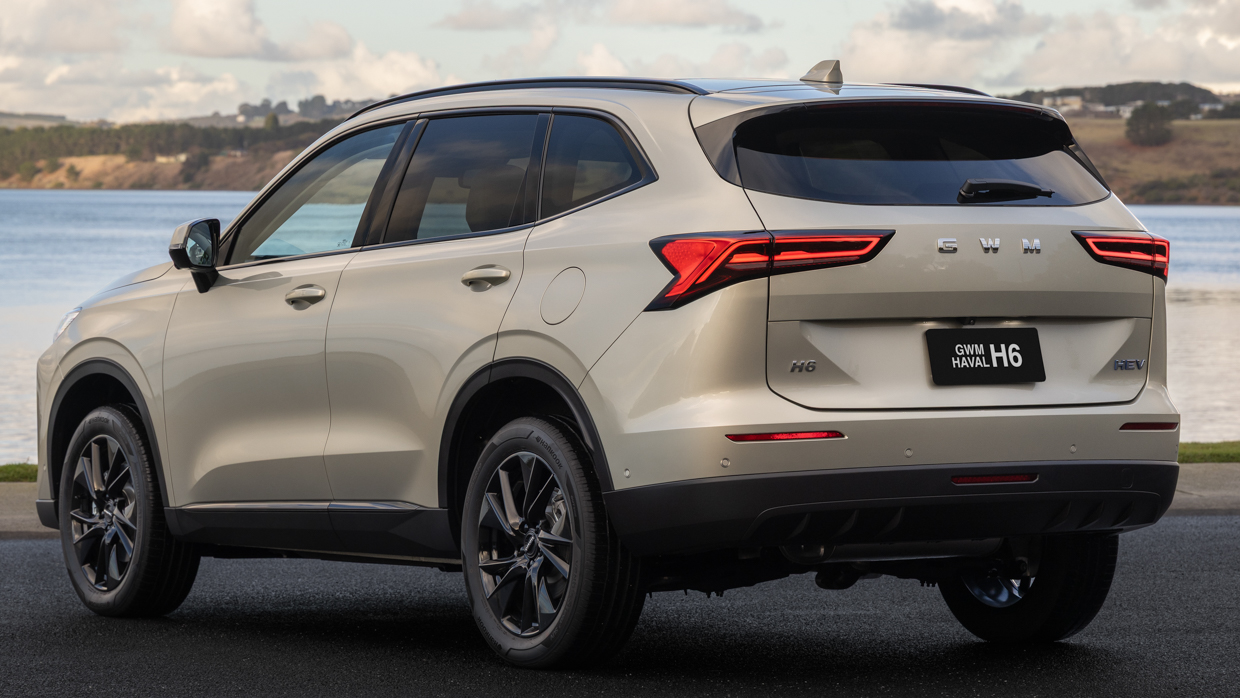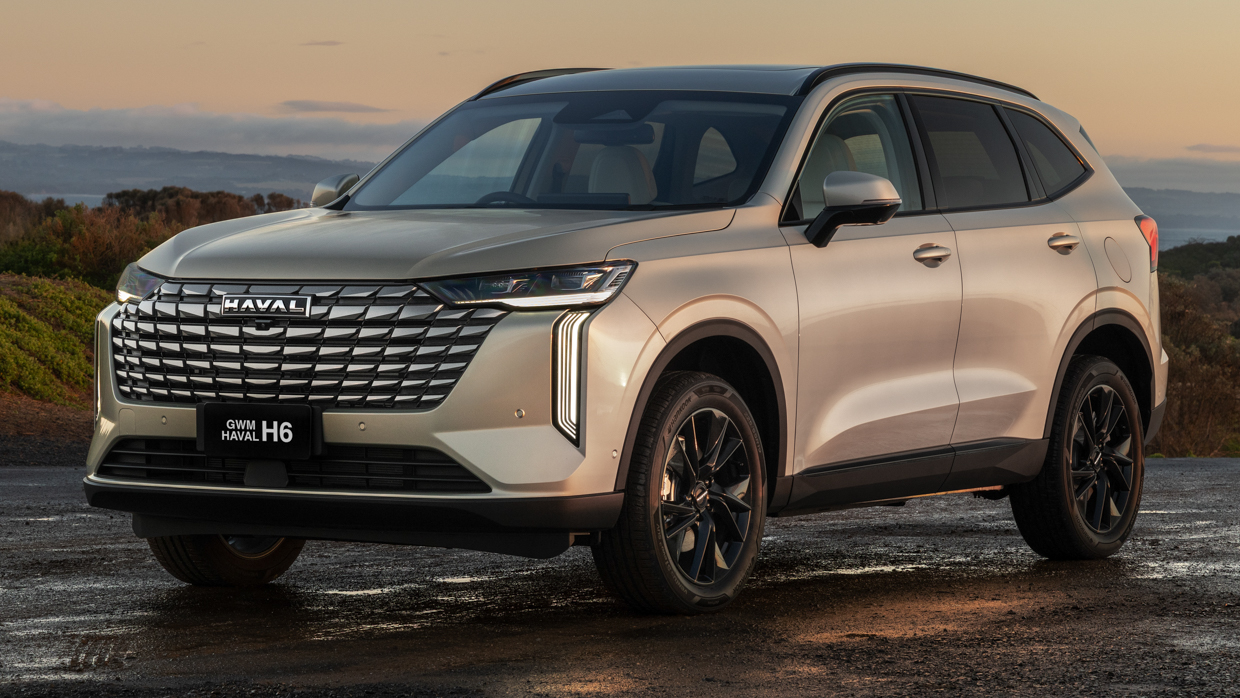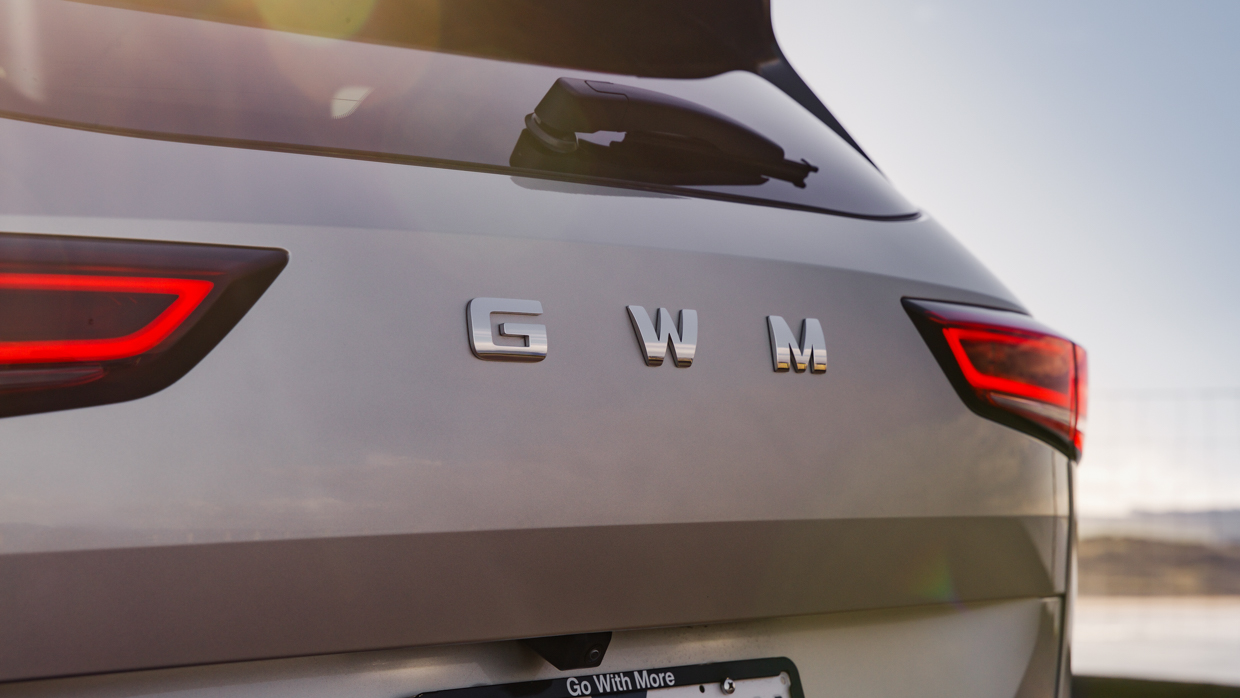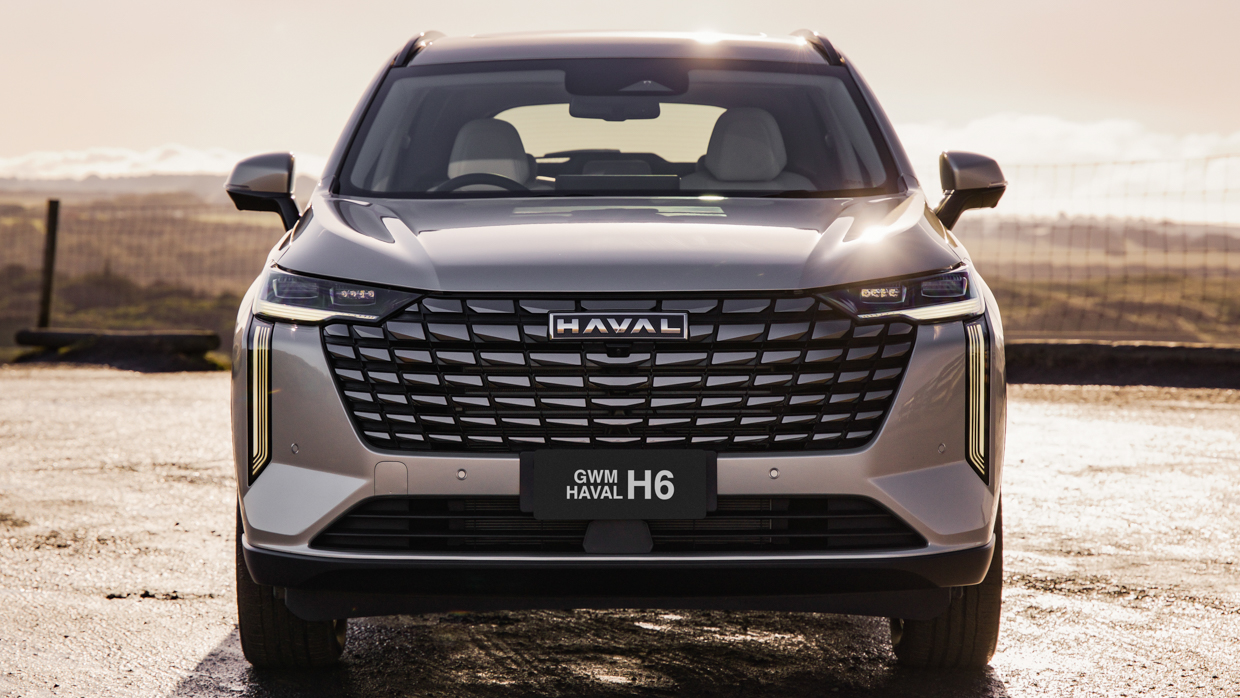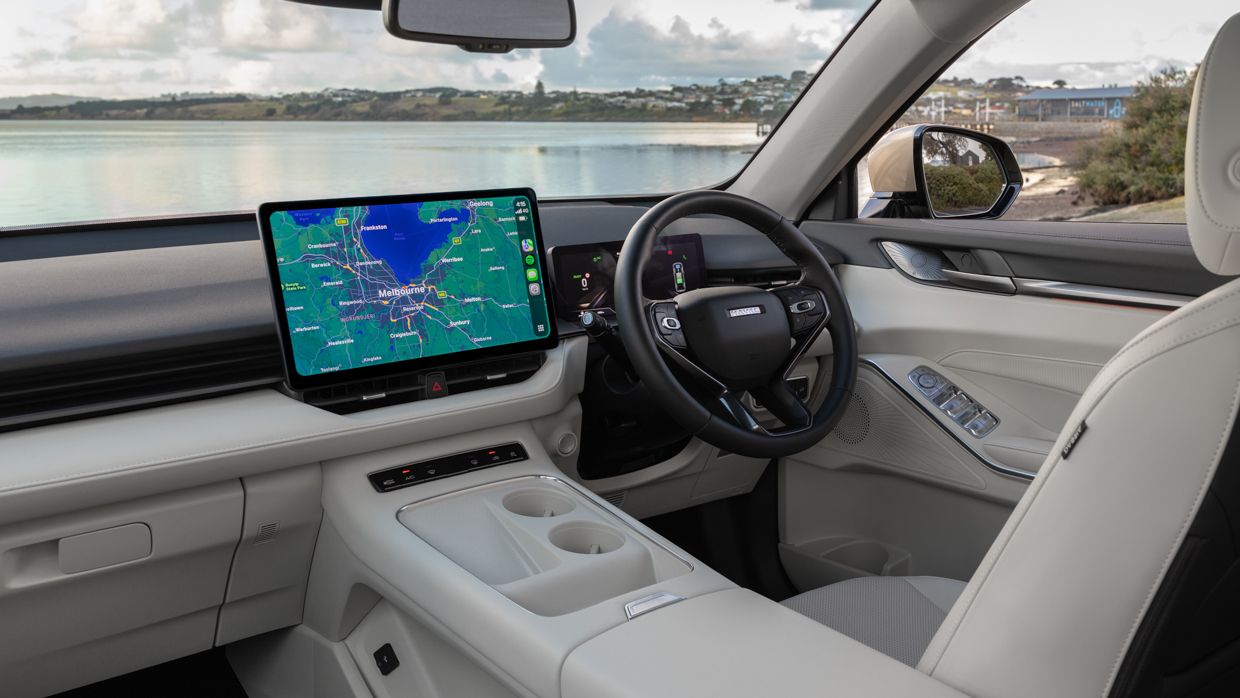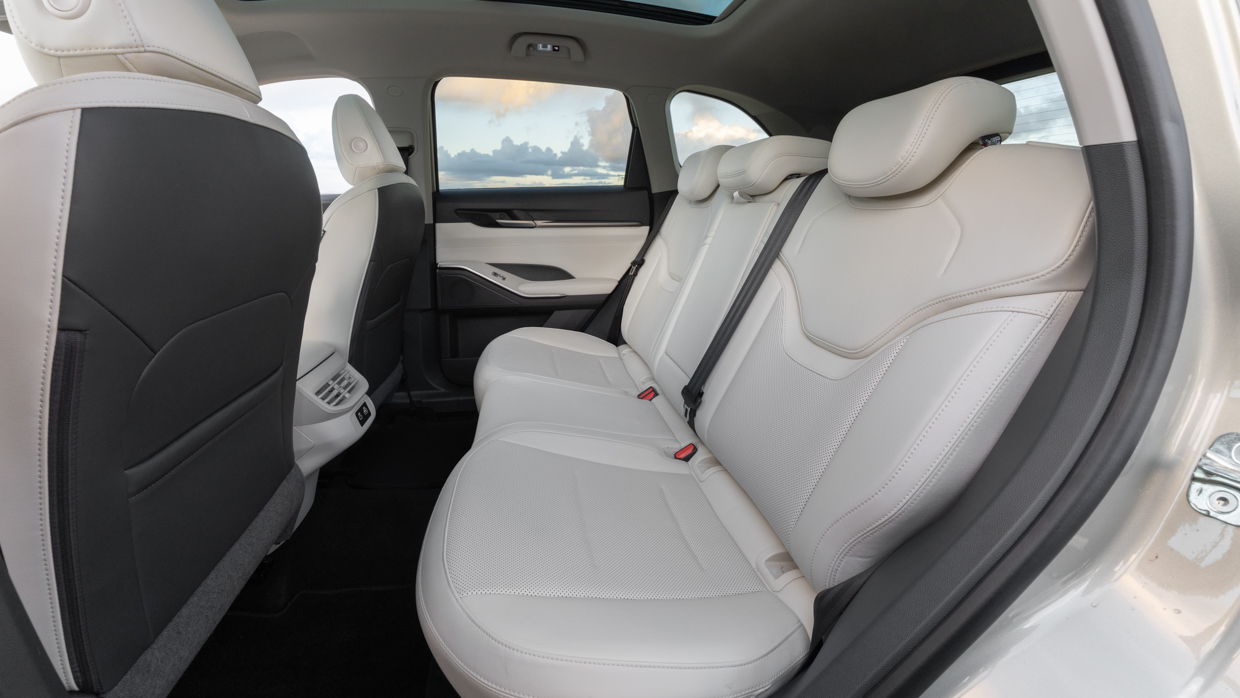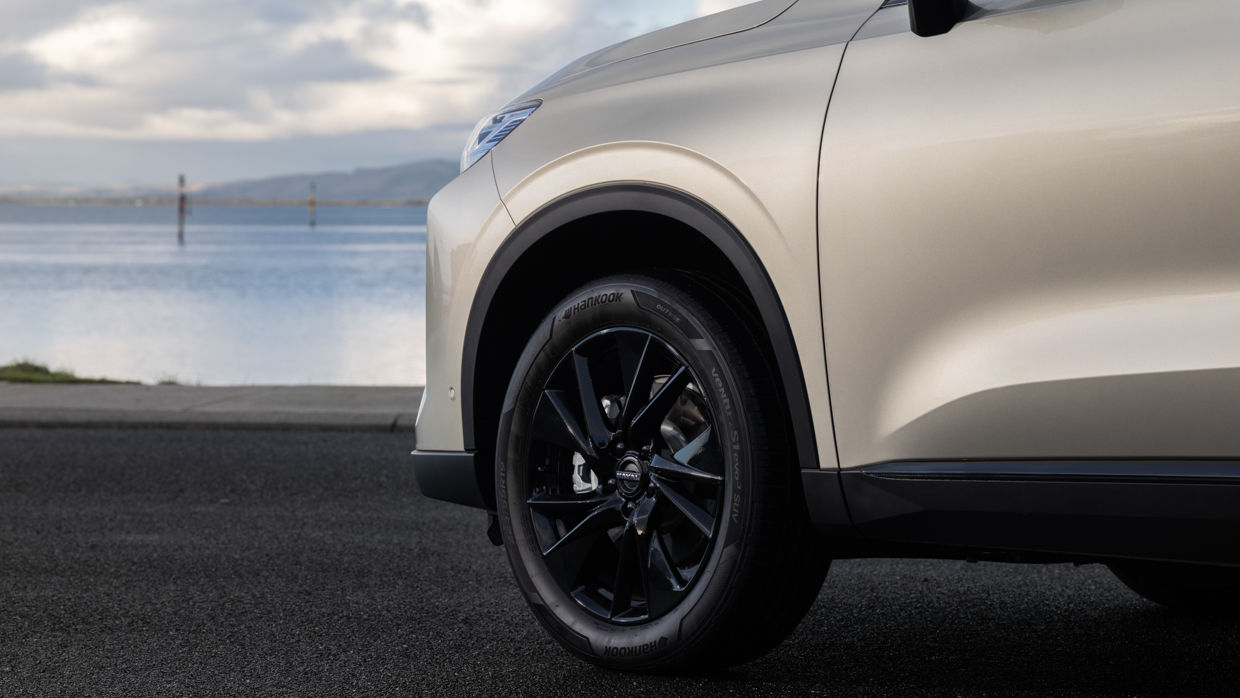-
Car Reviews
- All reviews
- Midsize SUVs
- Small cars
- Utes
- Small SUVs
- Large SUVs
- Large cars
- Sports SUVs
- Sports cars
- Vans
Latest reviews
- Car News
-
Car Comparisons
Latest comparisons
- Chasing Deals
Half of the Australians buying a Haval H6 are already choosing hybrid power, leading GWM to bullishly push into PHEV options from September
Chinese carmaking conglomerate GWM is preparing for a huge uptick in demand for petrol-electric hybrid powertrains in Australia, predicting that at least 60 percent of Haval H6 midsized SUV will choose either a full hybrid (HEV) and plug-in hybrid (PHEV) engine by the end of 2026.
For the past couple of years, GWM sub-brand Haval has experimented with different hybrid powertrains in the H6 lineup, which comprises the conventional H6 (which has been available with turbo petrol or HEV options) and the coupe-style H6 GT (turbo petrol or PHEV).
A facelifted version of the regular H6 arrives in Australia this month in HEV form. Next month, the non-hybrid joins the updated H6 lineup and from September, an all-new Hi4 PHEV system will form the wagon-bodied H6’s range-topper.
A non-hybrid 170kW/380Nm 2.0-litre turbo petrol remains the cheapest H6 (from $35,990 driveaway), the mid-tier powertrain is a carryover 179kW/350Nm 1.5-litre turbo HEV that starts at $40,990 (da) and delivers a 30 percent fuel saving over the 2.0T. Both are front-drivers.
The premium powertrain will now be the PHEV, which combines a similar 1.5T to the HEV with a 19kWh battery and one or two electric motors for outputs of 240kW/520Nm (FWD) or 268kW/760Nm (AWD), both in up-spec Ultra guise only for $47,990 and $50,990 (da) respectively.
The new H6 PHEV marks the debut of GWM’s vaunted Hi4 plug-in tech in its road-focused SUVs. Electric range is around 80km (WLTP estimated) while ‘dead battery’ fuel consumption appears to be relatively impressive for a PHEV at between 6.3-6.7L/100km (WLTP estimated).
Expect to see the real fuel consumption of PHEVs when their traction battery is exhausted become a real battleground in Australia in future years, and GWM claims its Hi4 PHEV tech is strong in this regard.
GWM executives told Chasing Cars at the launch of the facelifted H6 that, despite not using specific discounts or incentives, around 50 percent of the 6909 H6 SUVs sold in Australia this year have been hybrids—and by the end of the year, non-hybrid buyers will be firmly in the minority.
In fact, in 2026, GWM “conservatively” expects the new PHEV to account for a remarkable 20 percent of sales, with the HEV accounting for 40 percent and the non-hybrid petrol a further 40 percent. The real mix could be even richer for hybrid.
GWM charts more than 15,000 total sales for the H6 in 2025, and with the company needing to grow total volume by a further 50 percent to hit its goal of becoming a top-five carmaker in Australia, the raw number of expected H6 hybrid deliveries is considerable.
Convincing 20 percent of H6 customers to part with $50K or so for a PHEV seems challenging, but GWM executives are lifting the veil on a crack plan to make PHEV highly appealing—through a combination of power, ease, and good fuel economy (whether or not the battery is charged).
But that’s not all: the H6 PHEV also gets a range of exclusive features, plus an upgraded interior, that Australian buyers simply cannot have with the turbo petrol or the HEV, providing further options for GWM dealers to walk hybrid prospects up to the low CO2-superstar PHEV.
The PHEV will be the sole H6 in Australia to get connected car features like over-the-air updates and a companion smartphone app allowing remote locking/unlocking/air conditioning. It also scores newer and better infotainment, plus a PHEV-exclusive steering wheel to control it.
However, the PHEV will face an increasingly congested competitive space, expected to open with the forthcoming Geely Starray EM-I (from around $40,000 before on-road costs), while arch-rival Toyota will enter the segment with the RAV4 PHEV next year.
Growing popularity of hybrids with H6 buyers is good news for GWM in light of Australia’s NVES emissions laws that kicked in on 1 July and penalise (or reward) carmakers on whether the average CO2 emissions of the vehicles they sell are above or below a government-mandated yearly limit.
A rich share of hybrid sales across various GWM product lines—including the H6, but also the Jolion small SUV, Tank 300 four-wheel drive and Cannon Alpha large ute—has put GWM in a position where it may even accrue a credit in 2025, but NVES limits get much harder from 2026.
It’s all about the official CO2 outputs of the powertrains on offer. For the H6, the non-hybrid 2.0T’s 170g/km is a concern, being well above this year’s 140g/km limit. The HEV’s 120g/km is rosier (though not outstanding), but the PHEV’s 22-25g/km result puts GWM way ahead.
If GWM’s predicted 20 percent PHEV / 40 percent HEV / 40 percent petrol mix were to come true, that would make the H6’s average CO2 emissions 120g/km in 2026—slightly above the 118g/km CO2 emissions limit that will apply to vehicles like the H6 in 2026.
That is bang on GWM’s goal in relation to NVES, which chief operating officer John Kett says is to avoid paying penalties—but also to avoid generating credits. GWM intends to be right on the line of compliance so that it can sell as many ICE vehicles as possible without being penalised.
“We want to be at the cutting edge of (PHEV and EV) adoption rates of customers, not at the leading edge of bringing tech in and having to discount it, and push it (to customers),” Kett told Chasing Cars. The industry veteran was previously in charge of operations at Hyundai.
Latest news
About Chasing cars
Chasing Cars reviews are 100% independent.
Because we are powered by Budget Direct Insurance, we don’t receive advertising or sales revenue from car manufacturers.
We’re truly independent – giving you Australia’s best car reviews.
